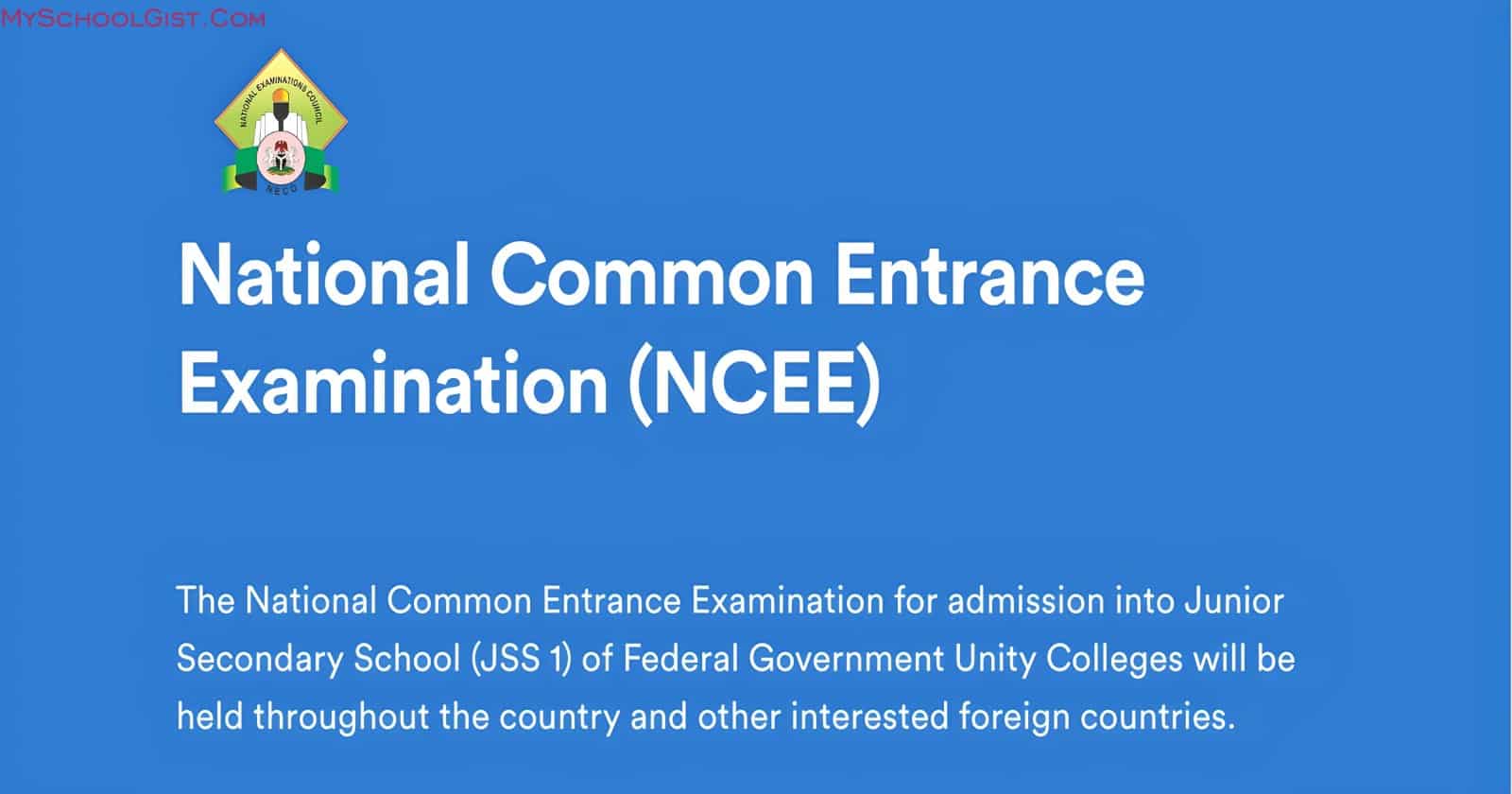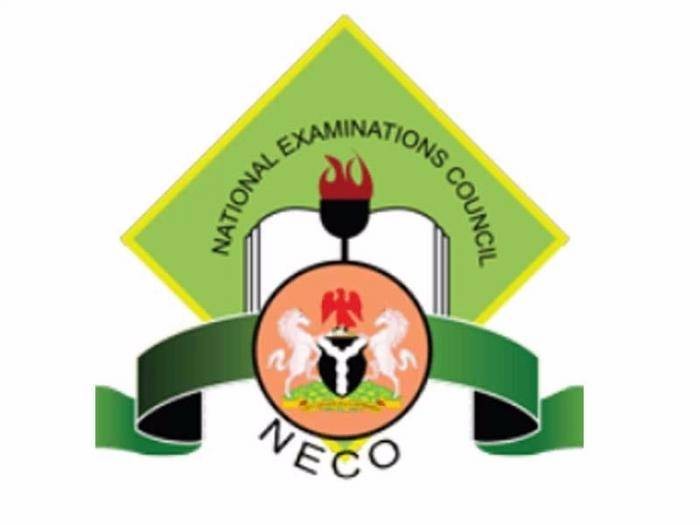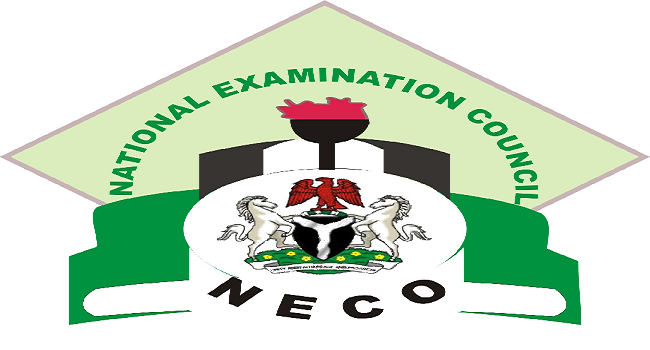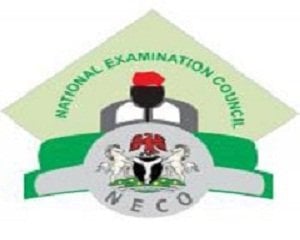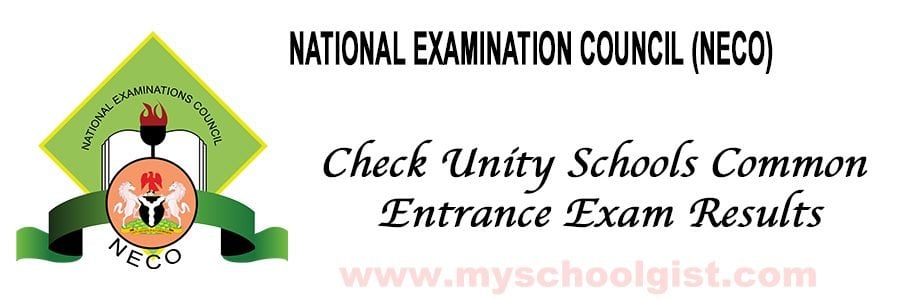
The education sector recently buzzed with anticipation as the National Common Entrance Examination (NCEE) took place, marking a significant milestone in the academic journey of countless Nigerian students. Now, the National Examination Council (NECO) has released the results for this crucial examination, offering the candidates an insight into their performance.
The NCEE is conducted for the purpose of admission into the Junior Secondary School 1 (JSS 1) of the 104 unity schools dotted across the nation. This year, parents can now easily access the examination results of their wards via NECO’s online platform.
How to Access the NCEE Results Online
Retrieving the results online is a straightforward process. Here’s a detailed guide:
- Visit the NECO results portal at https://results.neco.gov.ng/.
- Select the exam year, which is 2023 in this case.
- Choose the exam type, i.e., National Common Entrance Examination.
- Input your registration number in the provided field.
- Finally, click on the “Check Result” button to view the common entrance exam result.
Alternatively, parents or guardians can:
- Navigate to the NCEE registration portal at https://ncee.neco.gov.ng/.
- Log in by providing your Email/Phone Number and Password.
- Click on “Registered Candidates” then select “Completed”. Afterward, click on the respective registered candidates to view the result.
It’s worth noting that you do not need to purchase a token to view the results. However, should any issues arise during the process, please reach out to support@neco.gov.ng or call: 09070447255, 09026080796, or 09070447254.
A Snapshot of the NCEE Result Statistics
The NECO presented the 2023 NCEE results in Abuja on Wednesday, with Andrew Adejo, the Permanent Secretary at the Ministry of Education, leading the presentation. According to Mr. Adejo, of the 72,865 registered pupils, 69,829 appeared for the examination across the country on Saturday, 3 June, while 3,036 pupils were absent.
Similar Posts:
The performance spectrum was broad, with 76 pupils achieving the highest score of 203, while six pupils recorded the lowest score of a single mark.
Gender and Regional Breakdown
In terms of gender, the examination saw the participation of 38,801 female candidates and 34,064 male candidates. A regional breakdown highlighted Lagos State as having the highest number of candidates at 18,644, with Taraba State trailing with the smallest number of candidates at 102.
Admission Criteria
When it comes to admission, the existing criteria remain in place. As per Mr. Adejo, the ratio stands at 60% for pupils on merit, 30% for equality of state, and 10% based on exigency. He also assured that all admission processes would be concluded timely and in line with the established criteria.
Despite recognising the current challenges of infrastructural development, feeding, and teacher quality in unity schools, Mr. Adejo maintained that the Federal government is committed to improving conditions for effective teaching and learning in the schools.
He also took the opportunity to laud the Governor of Zamfara State for the appreciable increase in registrants and his efforts to offset the debts owed to NECO. He appealed to Adamawa, Bayelsa, and Kebbi states to increase the number of pupils registering for the examinations in their respective states.

